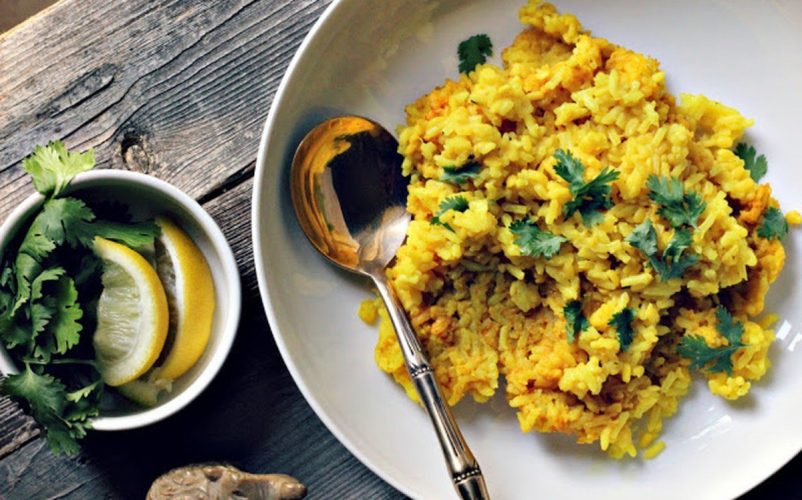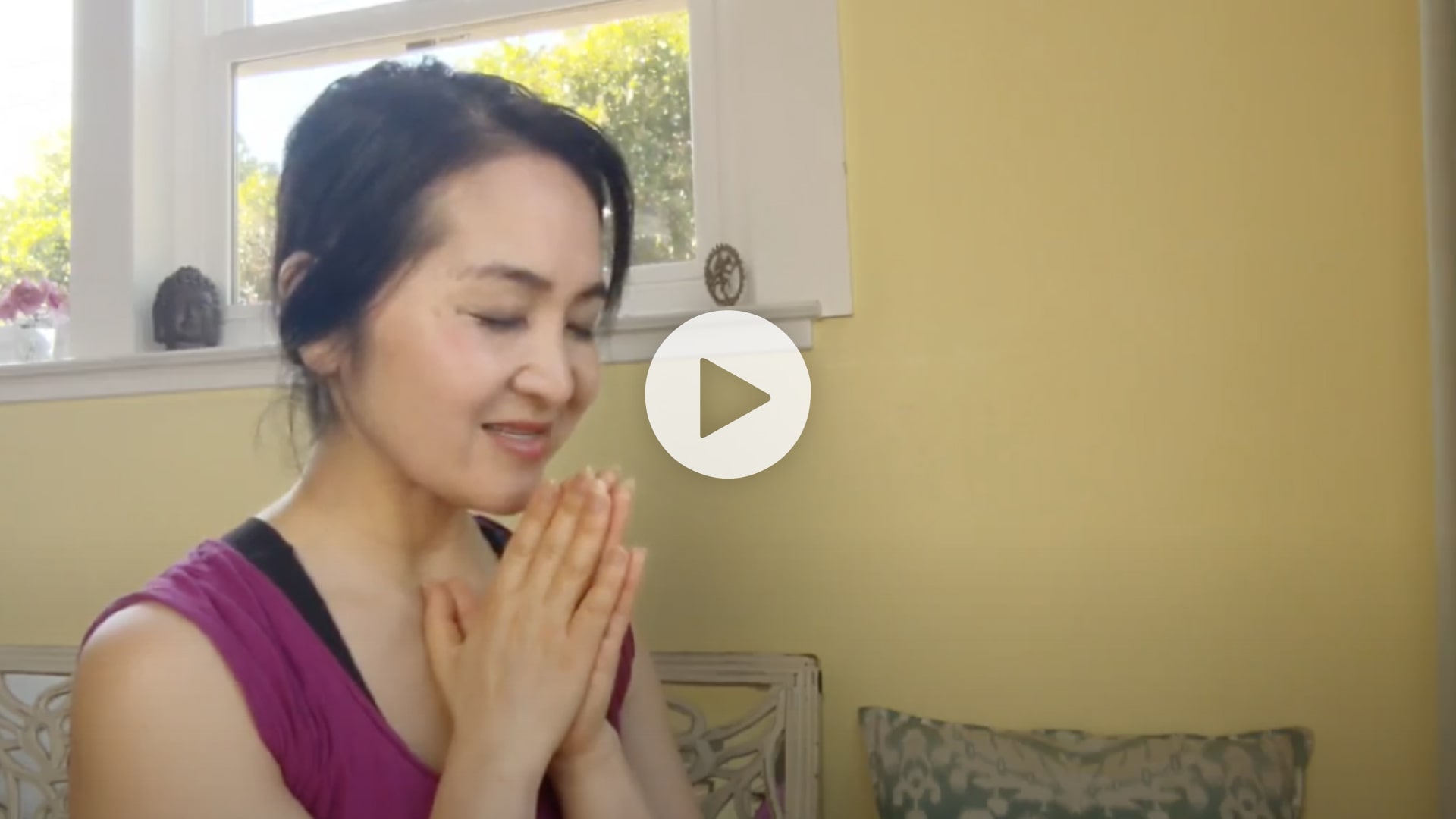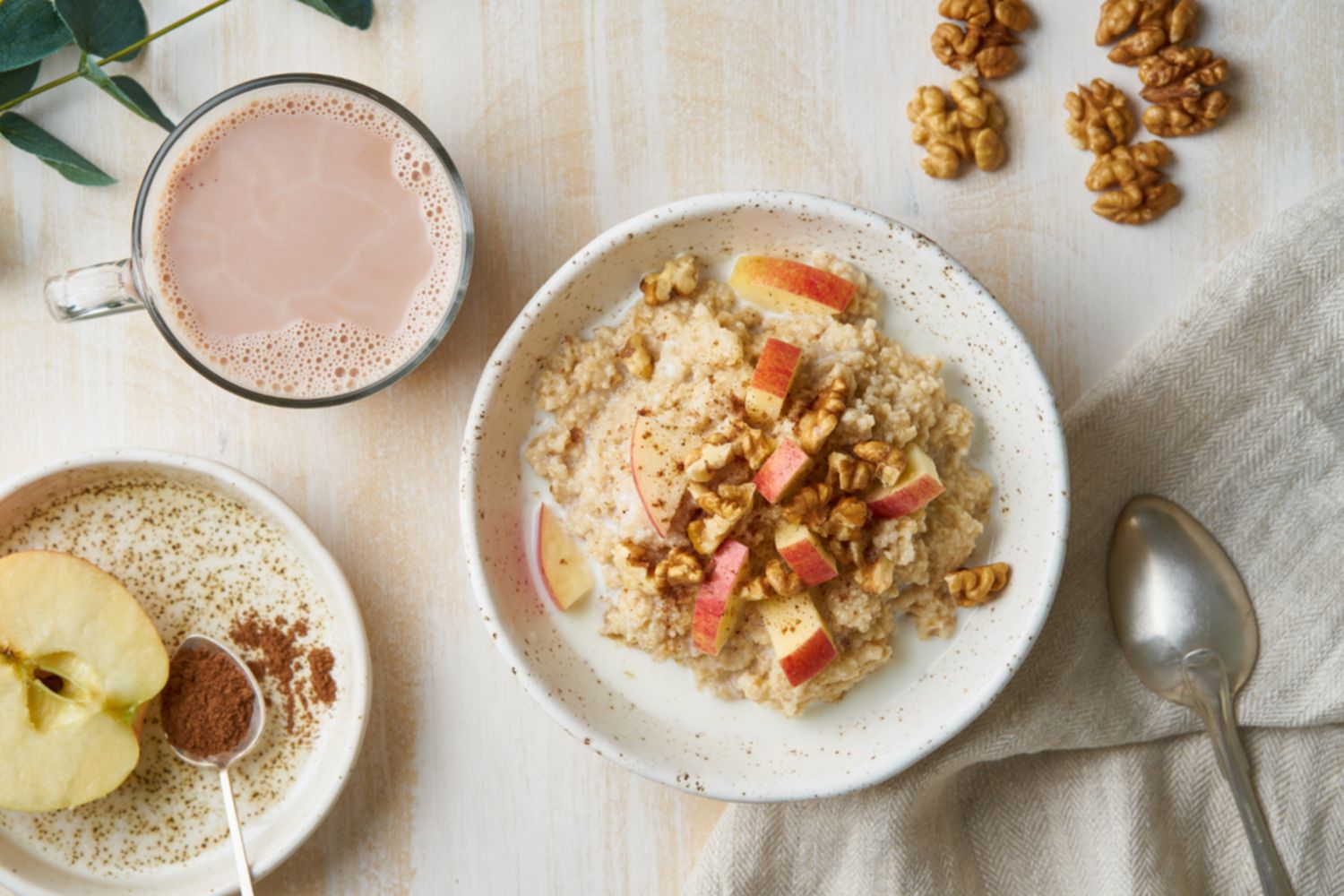The nights are still long and the mornings still slow and cold. We are at the leading edge of winter, moving deeper into its restorative womb over the next few months. Nature continues to draw her energies deeper inside and down into the roots. This inward pull is necessary for all of nature, a precious time to restore and reconnect to our essential healing strengths. In Ayurvedic philosophy, this is the season of kapha, dominated by the elements of water and earth. Its overall qualities are cold, wet, slow, dark, and heavy. This can lead to stagnation, respiratory issues, mood disorders (seasonal affective disorder, or SAD, is prevalent in the northern latitudes), and fatigue. These issues tend to be exacerbated when we continue to push, strive, and overexert ourselves.
Winter is the time to turn inward, get more rest, and slow down from the pace of summer and fall. It’s a time to hibernate, reflect, vision, and hold space for all the seeds you are planting for the new year. It’s also a time to deeply tend to our inner selves, the relationships most important to us, and a time to harness and tend the energy that will be needed in the year to come.
According to Ayurveda, we want to bring balance to these overarching energies of winter; we want to bring more warmth, gentle stimulation, and light into our lives. This is why adopting seasonal routines and diets help us adapt to our environments. When we change our diets as the seasons change what is available to us, we consciously sync with our environments. We can gently coax our bodies back into equilibrium through our daily food and drink intake.
Winter is the season that gives us the strongest digestion and inner fire to transform heavier foods and the experiences of the past year. Our bodies require more food to stay warm and to keep our immunity strong through the season. From an Ayurvedic perspective, we want to pacify kapha without aggravating either pitta (fire) or vata (air) dosha.
In general, we want to focus on warm, nourishing, and easy-to-digest foods, using plenty of culinary spices to aid digestion. Avoid cold drinks and foods as much as possible, and sip warming herbal teas throughout the day. The recipes in this winter guide are Ayurvedic-inspired and use seasonal produce available in most farmer’s markets and stores.
Quinoa Sweet Potato Kitchari Recipe (serves 6-8)
This variation on an Ayurvedic classic dish of kitchari replaces rice for quinoa. It is high in protein and can be easier to digest for many sensitive stomachs. The sweet potato, along with the lemon added at the end, adds some vitamin C. All the spices in this dish boost digestion and help improve immunity.
Ingredients
- 1 cup yellow mung dahl
- ½ cup white quinoa soaked overnight
- 1 sweet potato peeled and diced
- 2 tbsp of ghee or coconut oil
- 6 cups of water
- 1 tsp of black pepper
- 1 tsp of ground coriander
- 1 tsp of ground cumin
- 1 tsp of ground fennel
- 2 tbsp of grated fresh ginger
- 2 tbsp of grated fresh turmeric or 1 tablespoon of dried
- 2 tbsp of black mustard seeds
- 1 tbsp of cumin seeds
- 2 tbsp of lemon juice
- ½ cup of chopped cilantro
Directions
- Rinse the quinoa and mung dahl until the water runs clear.
- In a large soup pot, heat the ghee or coconut oil over medium-high heat.
- Add all the spices, stirring frequently to keep them from burning. Cook until fragrant, about 3 minutes.
- Stir in the quinoa, mung dahl, and water.
- Bring to a boil, then reduce to a simmer and cover.
- Cook for 20 minutes.
- Add the sweet potato, and cook another 20 minutes over low heat, covered.
- Remove from heat, and let stand for 5 minutes.
- Add the lemon juice and cilantro, and enjoy.













